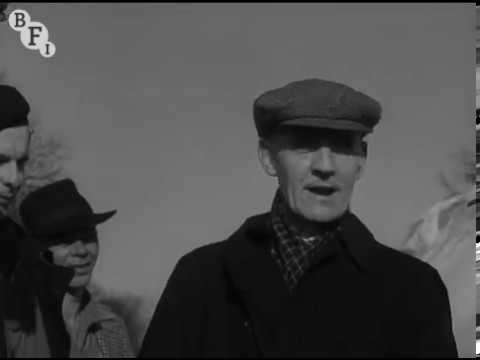5th April 2023
Northern reveals new ‘supersonic-cryogenic’ Autumn leaf-busting Technology
The impressive leaf-busting technology was demonstrated by Northern and The University of Sheffield at Wensleydale Railway
The dry ice technology being demonstrated at Wensleydale Railway
Northern's new ‘supersonic-cryogenic' autumn leaf-busting technology sounds like something from a Marvel film however the incredible innovation could well be excellent news for passengers as it could bring an end to Autumn disruption.
The impressive technology which is small enough to be fitted onto passenger trains in order to clear leaves from the track was recently demonstrated at the Wensleydale Railway by Northern and The University of Sheffield.
Each year substantial disruption is caused across the rail network as leaves stick to damp rails which passing trains compress into a smooth and extremely slippery layer which reduced the ability of the train to grip.
This issue not only causes delays for services and therefore disruption for passengers it can also compromise braking ability.
Currently, railway lines are cleaned in Autumn using railhead treatment trains (RHTTs) however there are only a limited number of these trains and so it is impossible to treat the entire network.
Railhead treatment trains are also costly to run and the new technology is able to provide better treatment at a lower cost.
Northern has teamed up with the very best engineers and experts at The University of Sheffield for the trialling of the new rail-head treatment tech which may well save the rail industry millions of pounds each year.
The University Department of Mechanical Engineering researchers have developed the fascinating system which fires dry ice pellets in a stream of air at supersonic speed at the railhead which freezes leaves on the line, the frozen leaves are then blasted away as the dry ice pellets return back to a gaseous state.
The dry ice pellets are created from waste CO2 from other industries.
Funding via Network Rail's Performance Innovation Fund has enabled the trails with Northern to take place.
The research team have used two retired Pacers at Wensleydale Railway to carry out the testing of the new design and also to work on a plan which will see the system fitted throughout the train operator's fleet next year.
Rob Cummings, seasonal improvement manager at Northern, said:
“This is a game-changer for the industry – the next step in finding a solution to tricky autumn conditions.
“One of the biggest risks to our performance during October and November is ‘leaves on the line', but by helping to develop new innovative technology we aim to deliver the very best service for our passengers.”
Professor Roger Lewis, who has led the team at the University developing the technology, said:
“This is a great example of a University testing and proving an idea in a lab-based experiment and then scaling it up to be trialled and implemented in the field to make impact. This can only be done through good teamwork and having champions in the railway industry such as Rob and his team at Northern.”












































